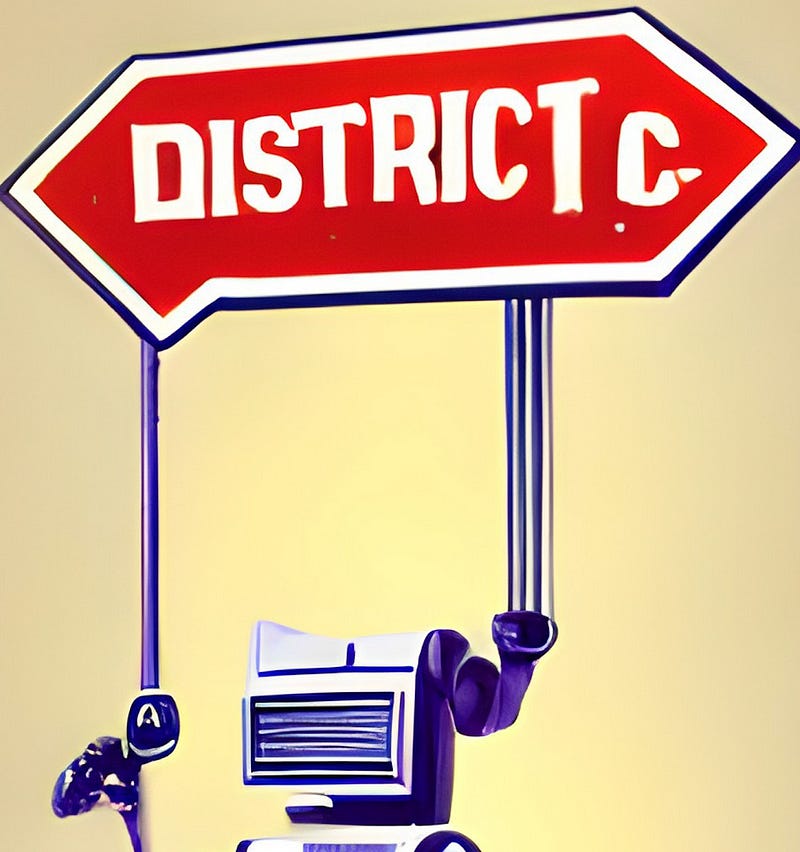3 Ways Being a District C Coach Will Help Me Ai-Proof My Students for Complex Writing Situations
Over the past summer, I became a District C certified coach, an organization that brings design thinking to the classroom in practical…
Over the past summer, I became a District C certified coach, an organization that brings design thinking to the classroom in practical ways.
This means that I:
Spent hours working with a group of educators to help Tesoros Maya shift from in-person sales to online
Observed students solving complex problems f…
Keep reading with a 7-day free trial
Subscribe to Cyborgs Writing to keep reading this post and get 7 days of free access to the full post archives.



